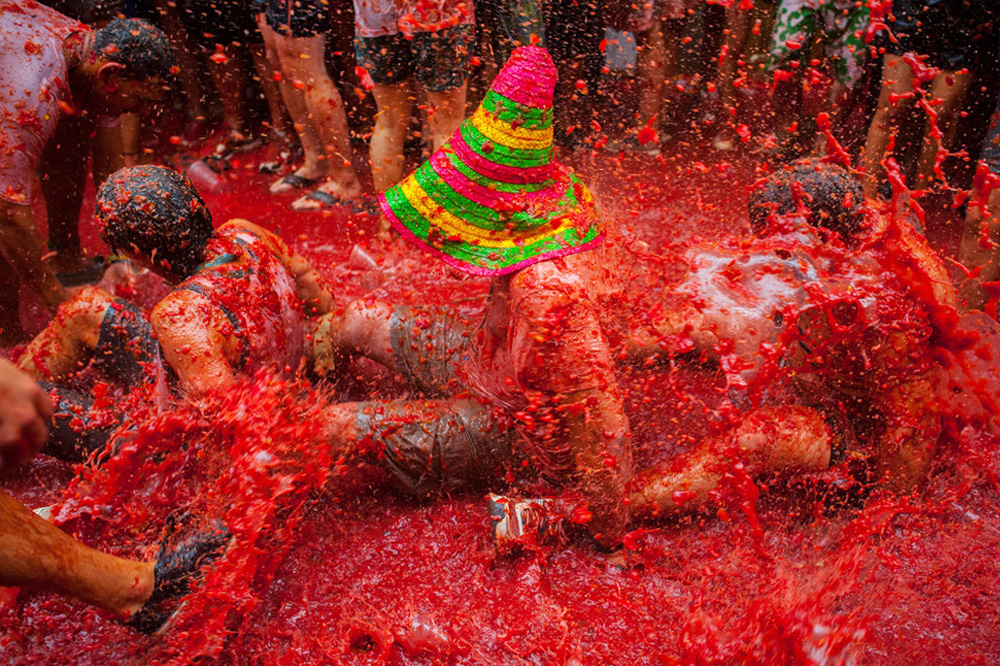
La Tomatina by David Ramos
Whether it’s about throwing things, colourful creations, listening to music or dancing, there is just something beautiful about people coming together to celebrate. Here are some of the best festivals around the world.
Holi (Festival of Colours), All Over
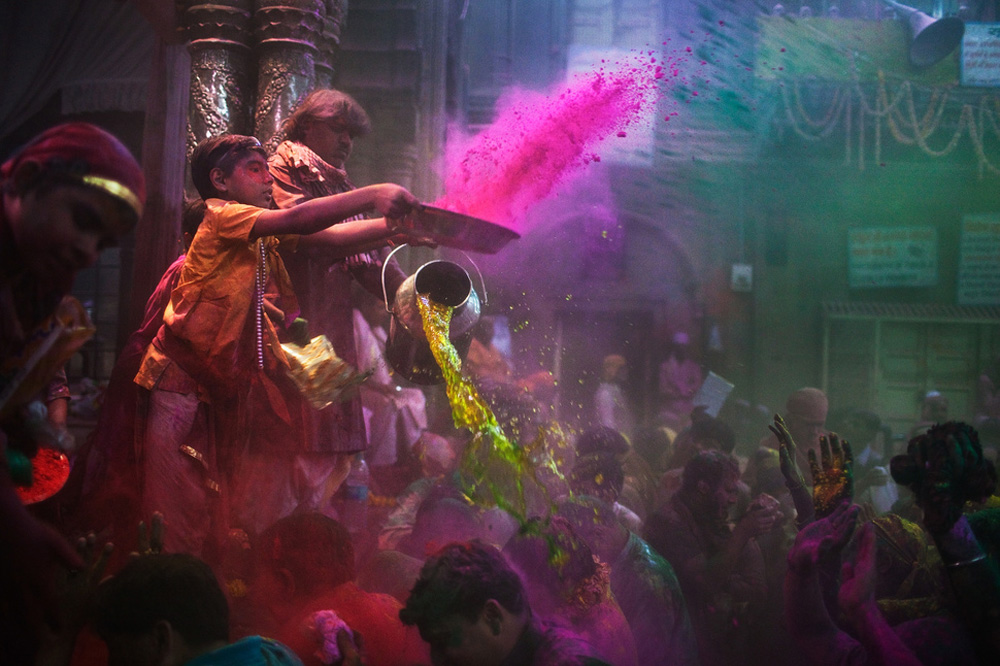
Holi Festival by Daniel Berehulak
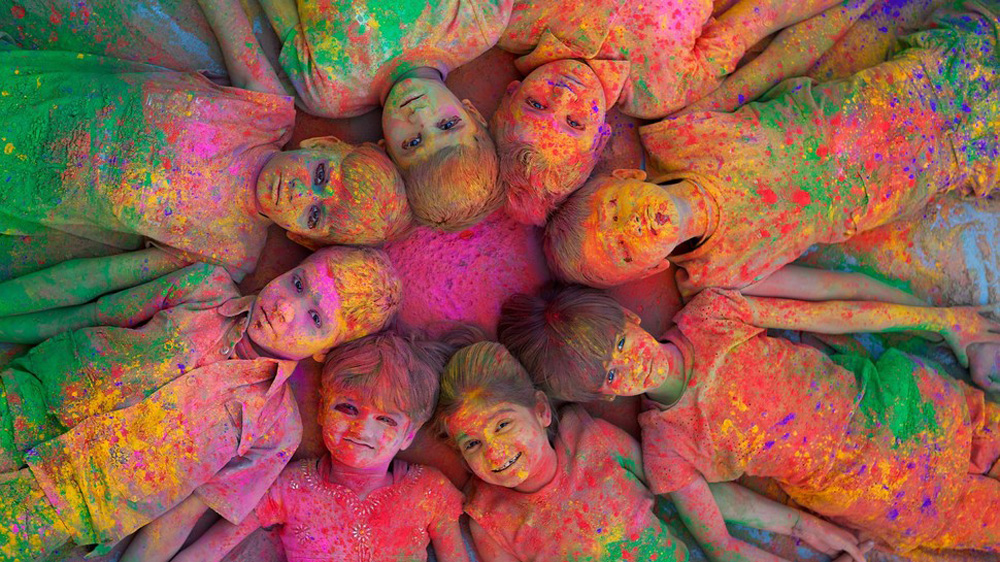
Holi Festival latesthdwallpaper.com
Holi is an ancient festival that celebrates the triumph of good over evil. Celebrations, which begin on Phalgun Purnima, which comes end of February or early March, start with the lighting of a bonfire on Holi Eve. Then, colours shower joy when revellers proceed to throw colorued powder absolutely everywhere to spread cheer with everyone across all social groups. The vibrant festival, which is associated with numerous legends, bridges the social gap and renews sweet relationships.
Tomorrowland, Belgium
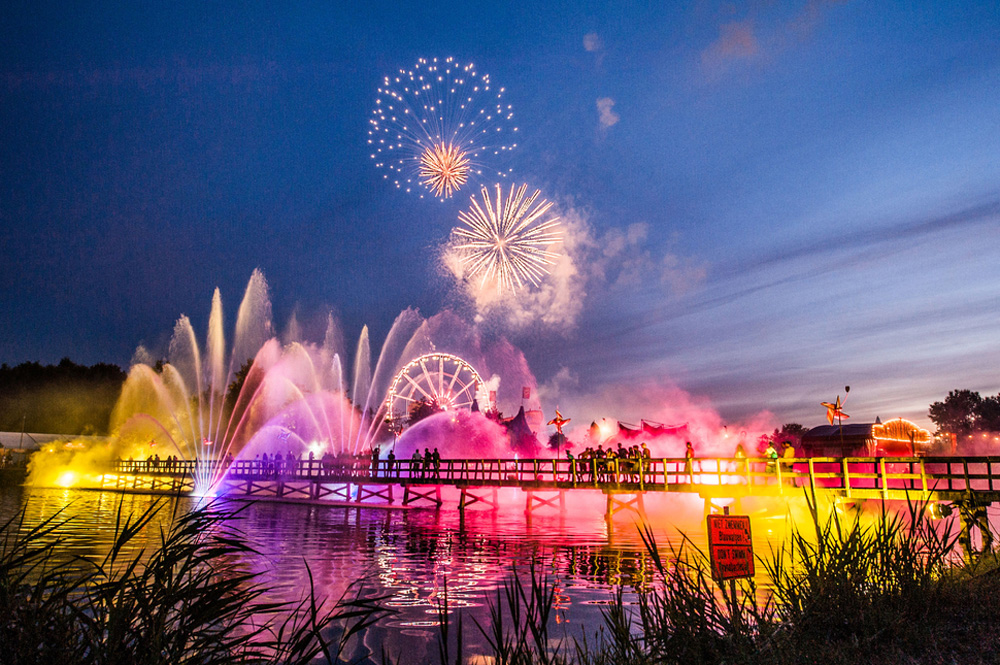
Tomorrowland by AFP
Tomorrowland, which takes place in the magnificent forests around Boom late in July, has emerged as one of the biggest and most popular music events in the world. Tickets sell out within minutes of going live because the event plays host to hundreds of live DJs, firework shows and incredibly creative stages, with the main stage considered an icon in itself. Now in its fourteenth year, the event has featured over-sized flowers, active volcanoes, giant disco balls, explosive butterflies, smoke cannons, confetti and much more.
Carnevale, Italy
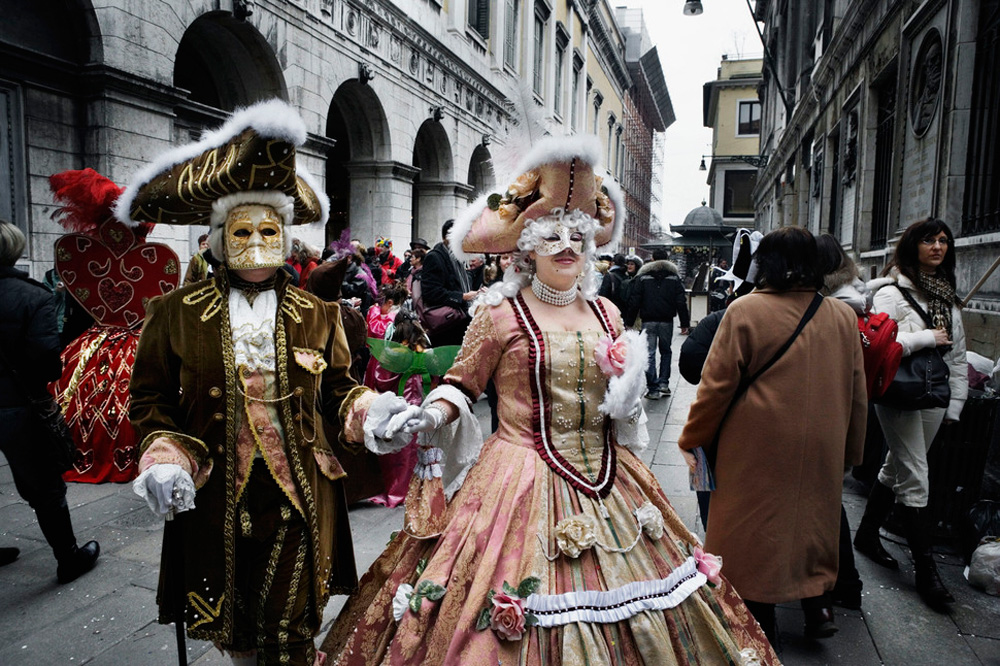
Carnevale by Marco Di Lauro
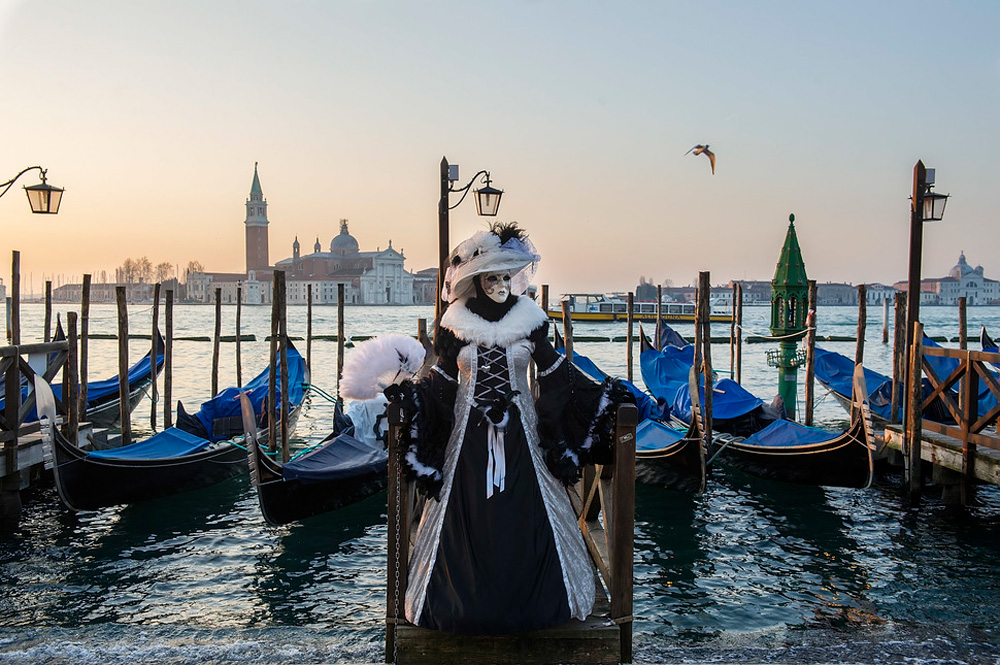
Carnevale by Marco Secchi
In 1162, the Republic of Venice was victorious against an attempted invasion and its people celebrated in San Marco Square. Nowadays, Venice’s Carnival takes place in February and there is plenty of entertainment to be had around the same square, with one of the big events being the afternoon parade of exquisite costumes on a catwalk. There are also a number of special happenings and balls. If you've always had a secret hankering to wear fancy dress, the two-week celebration is the perfect opportunity.
La Tomatina, Spain
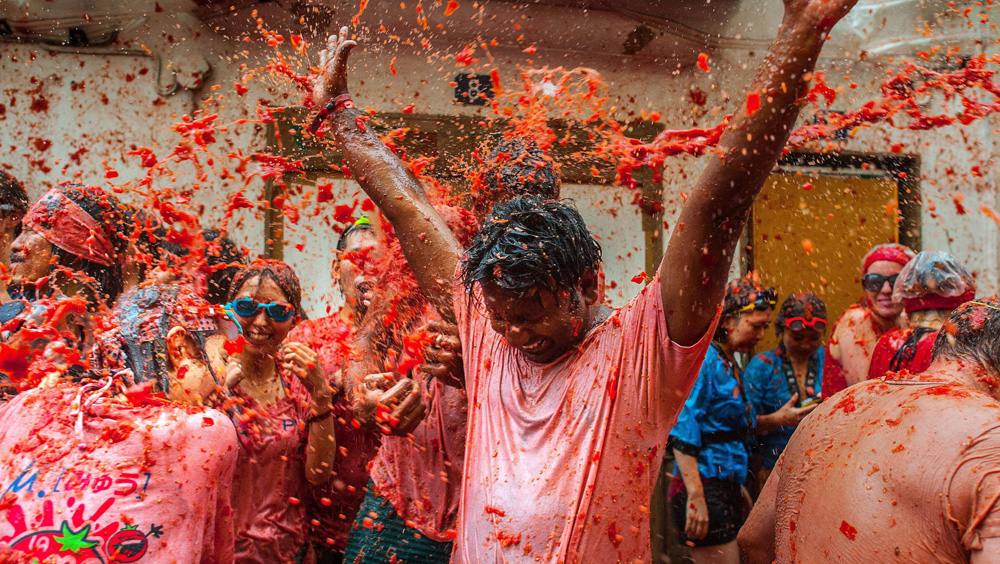
Legend has it that tomato throwing began in 1945, when locals pelted the vegetables at troublesome woodland creatures and missed, hitting each other. Now, on the last Wednesday of August each year Buñol sees 20,000 merrymakers from all over the world take part in the 'World's Biggest Food Fight', where over one hundred metric tons of over-ripe tomatoes are thrown in the streets. The week-long festival features music, parades, dancing, and fireworks, and on the night before the tomato fight, participants compete in a paella cooking contest.
Albuquerque International Balloon Fiesta, USA
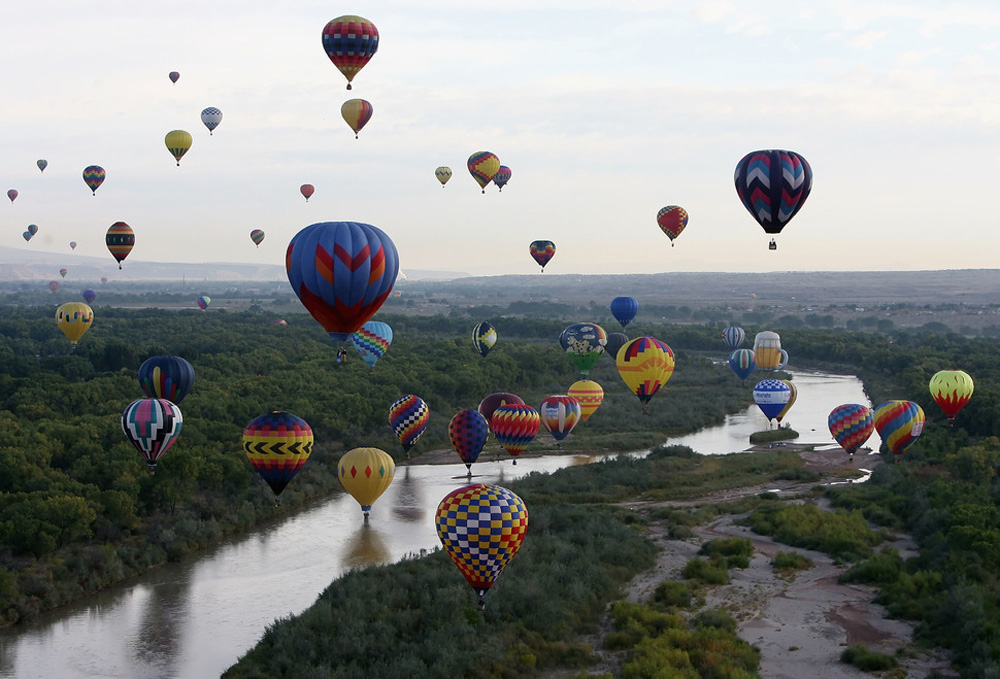
Albuquerque International Balloon Festival by Christian Petersen
The largest balloon festival in the world sees over 600 hot air balloons assemble for nine days of festivities in early October. The visual cornucopia the moment the first rays of the rising sun hits hundreds of colourful, oversized orbs is simply unforgettable and it’s difficult not to let a childish glee take over while trying to catch each one taking flight. Other exciting things like musical performances and firework shows can be enjoyed. The festival began in 1972 when 13 balloons assembled as a birthday celebration for 770 KOB Radio.
Lantern Festival, Asia
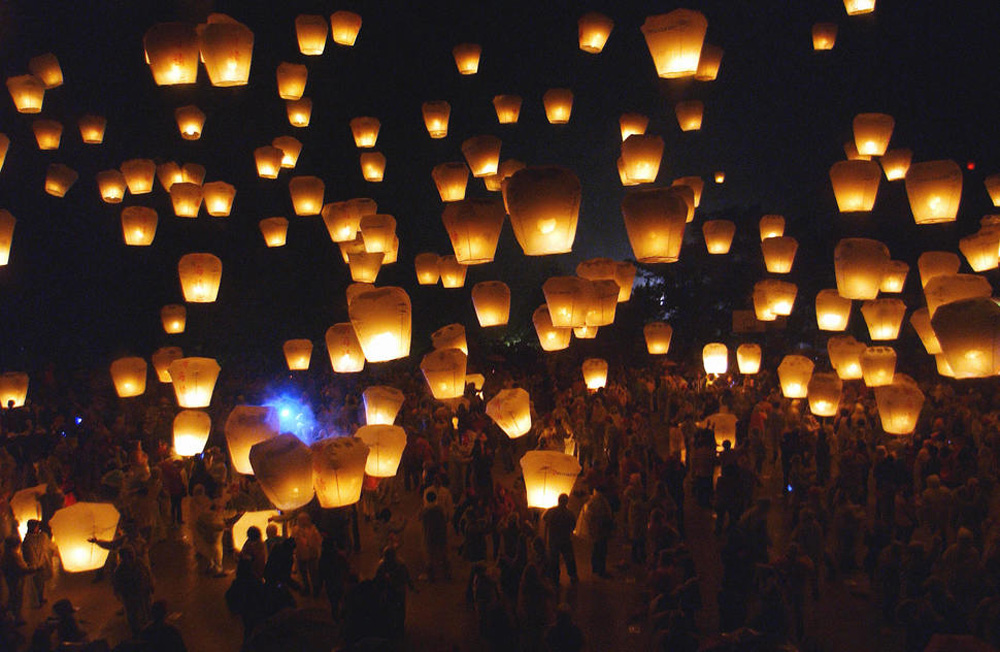
Lantern Festival by Patrick Lin
The Lantern Festival has been celebrated for over 2,000 years on the fifteenth day of the first lunar month, after emperors of the Eastern Han Dynasty ordered lanterns to be lit on that evening for religious reasons. Those of Chinese and Vietnamese origin descend on temples, with thousands of embellished lanterns. At the end of the night, they fly away in a magnificent spectacle, which symbolises letting go of your past self. Asians also celebrate the beginning of spring by guessing riddles written on the lanterns, eating Yuanxiao, doing the lion dance and walking to cure diseases.
Garma Festival, Australia

Garma Festival by hotelmanagement.com.au
The colourful and pulsating Garma Festival is a fête held by the Yolngu people in Gulkula, north-east Arnhem Land. The four-day event is designed to encourage the practice, protection and preservation of cultural traditions. It also provides a forum for discussion on issues affecting the Aboriginal community. Throughout the festival, held in July/August, everyone takes part in traditional dance, song and cultural ceremonies known as Wangga. Art, storytelling and other forms of education are all incorporated.

















